MOSCOW, July 25 (V7N) — A Soviet-era Antonov An-24 passenger aircraft, nearly five decades old, crashed in Russia’s Far East on Thursday during its second attempted landing, killing all 48 people aboard, including five children. The disaster has reignited serious questions about the safety and longevity of aging aircraft still in use in remote regions of Russia.
The aircraft, built in 1976, was operated by Angara Airlines, a private regional carrier based in Irkutsk. It was en route from Blagoveshchensk, near the Chinese border, to Tynda, a remote railway hub in the Amur region, when it disappeared from radar. The wreckage was later spotted by a search helicopter in a densely forested, hilly area approximately 15 kilometers from Tynda.
According to the Far Eastern Transport Prosecutor’s Office, the plane failed to land on its first approach and crashed during its second attempt. The federal Investigative Committee has opened a criminal investigation into alleged violations of aviation safety regulations resulting in multiple deaths due to negligence.
Authorities confirmed that the aircraft had undergone a recent technical inspection and had a known history of four minor incidents since 2018. Despite its service approval, the aircraft's age and the continued reliance on outdated Soviet technology have come under scrutiny, particularly amid ongoing Western sanctions that have sharply limited Russia’s access to aircraft parts and international maintenance support.
Angara Airlines had a fleet of ten An-24s, all manufactured between 1972 and 1976. The aircraft are commonly referred to as "flying tractors" in Russia for their ability to function in harsh Siberian conditions and operate without the need for paved runways. However, aviation experts and pilots have repeatedly warned about the growing challenges and costs associated with maintaining such old platforms.
As of now, roughly 75 Antonov An-24s remain in operation globally. According to data from RussianPlanes.net and Reuters analysis, 88 aircraft have been lost in crashes, while 65 have experienced serious incidents without fatalities.
This crash may have implications beyond Russia. Several other countries—including North Korea, Laos, Kazakhstan, Cuba, Ethiopia, Myanmar, and Zimbabwe—continue to operate An-24 aircraft. Aviation regulators in those countries are expected to reassess the safety of the aircraft following the Russian crash.
A rescue operation was hampered by the difficult terrain. There were no direct roads to the site, and heavy equipment was needed to carve a path through the forest. Video footage from the site showed smoke rising from the twisted, burnt fuselage.
Russian President Vladimir Putin expressed his condolences to the families of the victims and held a minute’s silence during a government meeting. At least one Chinese citizen was reported among the dead, prompting an official message of condolence from Chinese President Xi Jinping.
Angara Airlines declined to provide additional comments beyond confirming the crash and expressing sympathy to the families.
The aircraft’s role in Russian regional aviation underscores the growing tension between the need for reliable transport in isolated areas and the struggle to modernize amid geopolitical and economic isolation. A replacement aircraft in the same class—the Ladoga—is not expected to enter mass production before 2027.
The crash, one of the deadliest in Russia in recent years, will likely renew debate over Russia’s aviation policy, particularly the operation of aging aircraft in commercial service.
News source: Reuters........
END/WD/AJ/



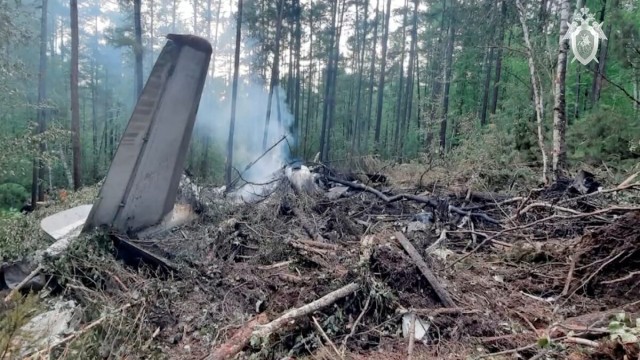




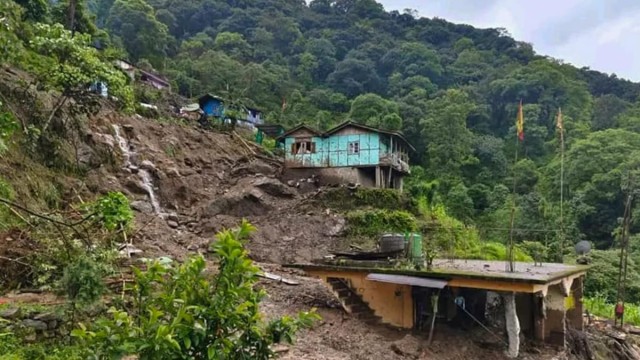
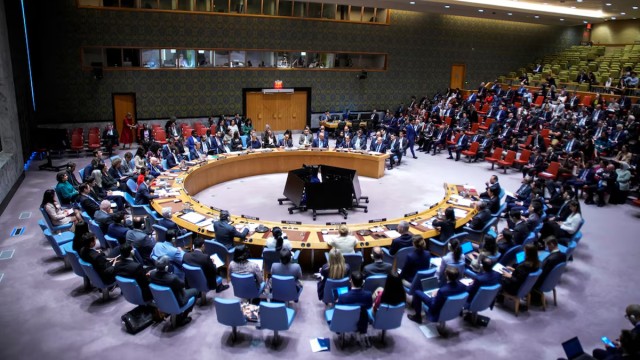











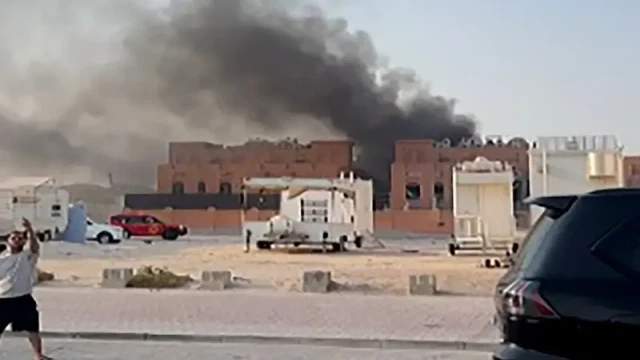

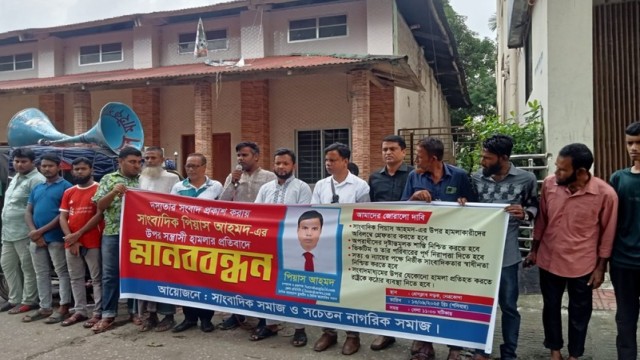



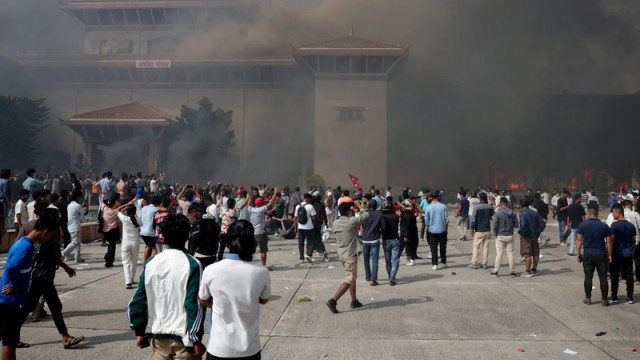

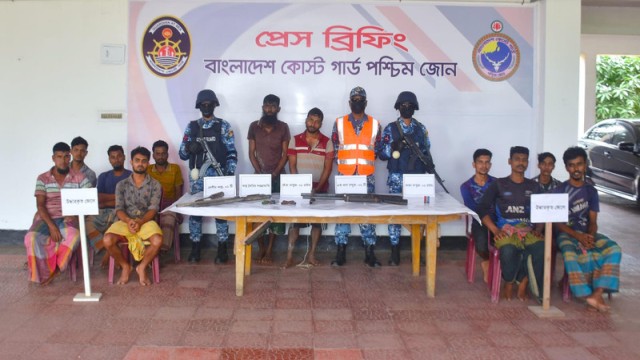

Comment: